Your phone screen serves as a crucial interface for daily communication, entertainment, and productivity. However, maintaining its pristine condition can become a challenge amidst the rigors of everyday use. Scratches, smudges, and cracks can detract from your phone’s overall aesthetic and functionality. This article will provide you with comprehensive strategies and indispensable tips to keep your phone screen scratch-free and looking its best.
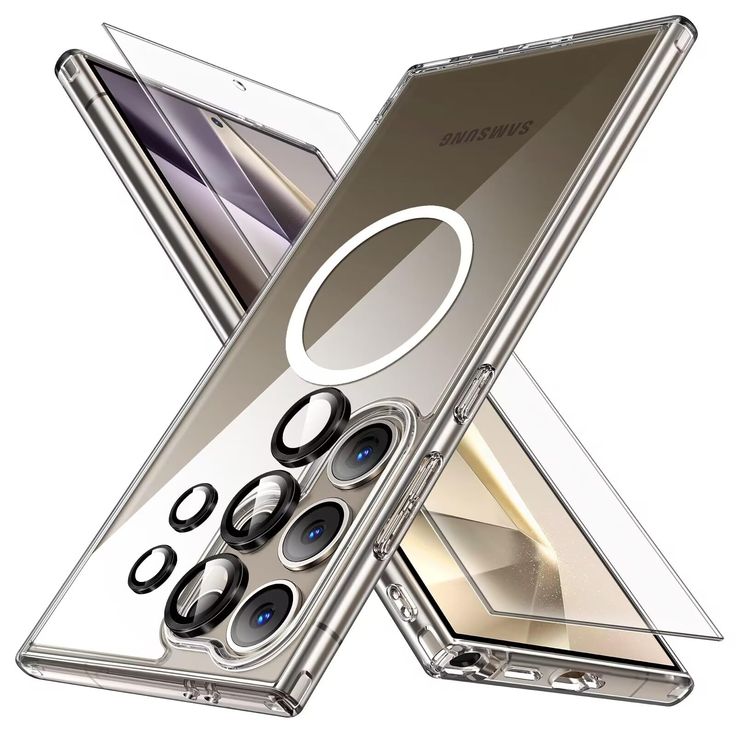
Contents
- 1 Understanding Screen Materials: The First Line of Defense
- 2 Invest in Quality Screen Protectors
- 3 Use a Reliable Phone Case
- 4 Regularly Clean Your Phone Screen
- 5 Avoid Placing Your Phone in Pockets or Bags without Protection
- 6 Mind Your Environment
- 7 Be Cautious with Accessories
- 8 Regularly Check for Damage
- 9 Conclusion: The Importance of Vigilance
Understanding Screen Materials: The First Line of Defense
The first step in keeping your phone screen pristine involves understanding the type of materials your screen utilizes. Most smartphones today come equipped with either Gorilla Glass, Dragontrail Glass, or other hardened glass technologies. Manufacturers engineer these materials to be resistant to scratches and impacts. Knowing this gives you a baseline understanding; however, it does not make your screen invulnerable.
Gorilla Glass, for instance, employs a chemical process that strengthens the surface, providing better resilience against scratches and minor drops. On the other hand, while some mid-range phones might use regular glass with less resistance, it’s crucial to recognize that no screen is completely scratch-proof. Therefore, taking proactive measures to protect your screen adds another layer of safety.
Always consult your phone’s specifications to determine its screen material, as this knowledge will help you decide which protective measures to implement. Armed with this information, you can make informed choices about accessories and care methods.
Invest in Quality Screen Protectors
One of the most effective ways to keep your phone screen scratch-free involves investing in a high-quality screen protector. These add-ons serve as a first line of defense against scratches and can absorb impacts from accidental drops. When choosing a screen protector, consider the two main types: tempered glass and plastic film.
Tempered glass protectors offer superior durability and scratch resistance compared to plastic films. They provide a crystal-clear finish, maintaining the original display’s touch sensitivity. In contrast, while plastic film screen protectors can be more affordable and easy to apply, they often yellow over time and may not provide the necessary protection for heavy users.
Make sure to choose a screen protector designed specifically for your phone model, as this ensures a proper fit. Installation can be a breeze; many brands offer easy-install kits complete with cleaning wipes and dust removers to ensure a bubble-free application. A good-quality screen protector effectively prolongs the life of your phone screen, minimizing the risk of scratches considerably.
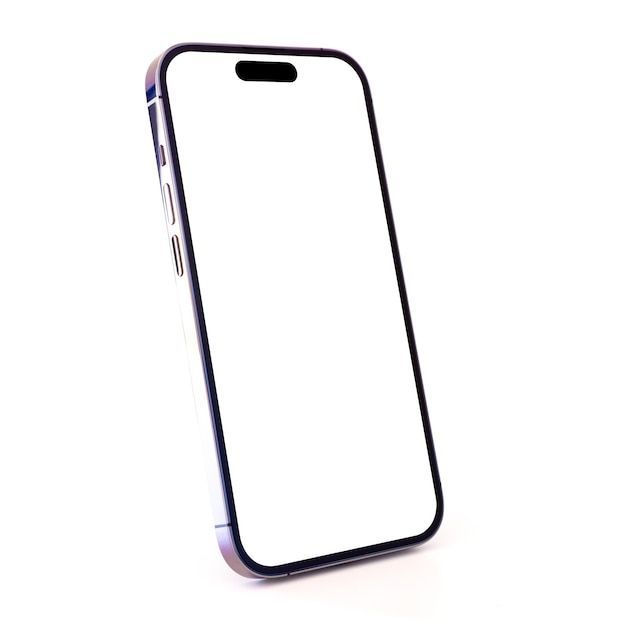
Use a Reliable Phone Case
While your primary goal might be to protect the screen, using a reliable phone case can provide excellent additional protection. Cases type vary from slim options to rugged designs, offering varying levels of defense for your device. When considering a case, opt for one that raises the lip around the screen. This design feature helps prevent direct contact when your phone falls face-down, reducing the risk of damage.
Moreover, certain case materials offer advanced impact resistance, such as TPU (thermoplastic polyurethane) or polycarbonate. These materials absorb shocks effectively, functioned to safeguard both the screen and the phone’s frame. If you often find yourself in environments where drops are more likely, investing in a rugged phone case that meets military-grade protection standards can prove invaluable.
Regardless of which case you choose, ensure it fits snugly around your device. Loose cases can fail to provide the necessary protection. Take the extra step to examine user reviews or ratings to evaluate their durability and impact resistance. Ultimately, a quality phone case combined with a screen protector forms a formidable defense system for your device.
Regularly Clean Your Phone Screen
Cleaning your phone screen regularly not only keeps it looking great but also contributes to its longevity. Dirt and grime can lead to micro-scratches over time if not cleaned properly. Use a microfiber cloth to wipe down the screen, as this material effectively removes smudges without scratching the surface. Avoid using paper towels or rough fabrics; they may contain particles that can harm your screen over time.
When cleaning, dampen the microfiber cloth with a small amount of water or a gentle screen-safe cleaner. Never spray liquids directly onto the screen, as this can cause moisture to seep into the device. Always ensure that your phone is powered off during cleaning, as this will help you identify any remaining smudges and reduce the risk of accidental touches.
For tough spots, consider a specialized cleaning solution designed for electronics. Many of these solutions come with antibacterial properties, ensuring that your phone remains hygienic, which is especially important in today’s health-conscious environment. Regularly cleaning your device prevents the buildup of grime and contributes to a clearer, more responsive touch experience.
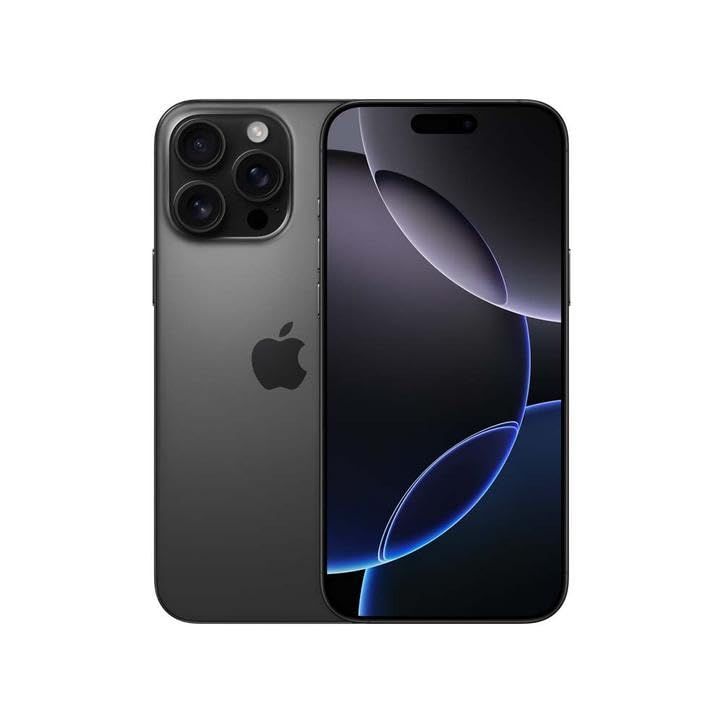
Avoid Placing Your Phone in Pockets or Bags without Protection
Many people unintentionally increase the risk of scratches by placing their phones in pockets or bags without protection. When you carry items like keys, coins, or other sharp objects in the same space as your phone, you subject your screen to unnecessary danger. Metal and hard surfaces can easily scratch the screen of your device, even if it has a protector.
To mitigate this risk, consider using a separate pouch or pocket within your bag specifically designed for your phone. If your wardrobe allows for it, invest in pants with dedicated phone compartments that keep your device isolated from other objects. Additionally, consider using a carry sleeve or holster when transporting your phone within a bag.
Another cautionary measure involves being selective about where you place your phone. Avoid resting it on surfaces that may be dirty or gritty. Always check your surroundings before laying your phone down, as a small piece of debris can lead to inevitable scratches.
Mind Your Environment
Your phone’s environment plays a significant role in its longevity. High-temperature settings can weaken glass and cause it to crack more easily, while low-humidity environments can lead to static electricity buildup, which affects screen function. Always avoid exposing your phone to extreme temperatures or direct sunlight for prolonged periods.
Consider your surroundings based on your activities, too. If you frequently use your phone outdoors, especially in sandy environments, consider incorporating protective measures like a waterproof case or specific pouches designed to seal your device from external particles. Whenever you engage in sports or activities, take care to secure your phone in locations free from potential impacts.
Make it a habit to assess your environment throughout the day. By doing so, you enhance the longevity of your phone and its most crucial component— the screen.
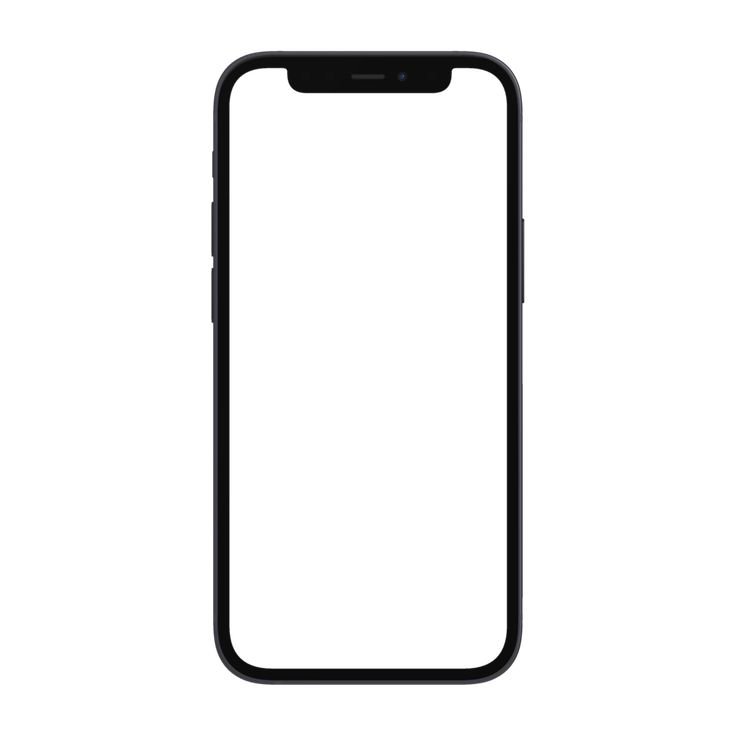
Be Cautious with Accessories
While many accessories can enhance your phone experience, they can also unintentionally cause scratches. For example, using incompatible or subpar phone mounts and stands can lead to scratches or scuffing when removing or adjusting your device. Pay careful attention to the quality of the accessories you use and ensure they fit your device properly.
Make sure to assess mounts or holders for their material; opting for silicone or padded options may prevent any scratching against your screen. Be cautious with using additional items like styluses, as some lower-quality options can scratch your screen if they contain hard tips.
When using additional charging cables or auxiliary devices, examine which surfaces contact your phone. Look for designs with smooth edges to minimize friction against the screen.
Regularly Check for Damage
Being proactive about your phone’s condition involves regularly checking for signs of scratches or damage. A good habit is to inspect your screen for any signs of wear. Look closely and assess how light interacts with the surface; noticeable scratches may become apparent with reflection.
If you do identify scratches, consider consulting with a professional about repair options. Certain scratches may be superficial and can be buffed or polished out with specialized products. In more severe cases, most professional electronics repair services can provide effective solutions to minimize the impact of scratches on usability and appearance.
Additionally, make it a point to replace your screen protector if it begins to show noticeable wear or has its own scratches. As the protector wears down, its effectiveness decreases; promptly replacing it helps ensure your screen remains defended against potential damage.
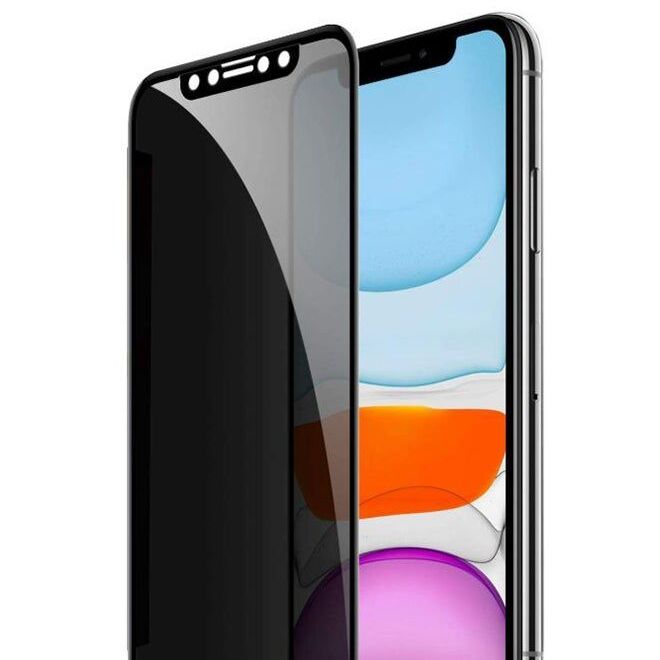
Conclusion: The Importance of Vigilance
Keeping your phone screen scratch-free and pristine requires a combination of proactive measures and vigilance. Understanding the materials, investing in quality accessories, and regularly cleaning can all contribute to your phone’s longevity.
Incorporate protective measures such as screen protectors and rugged phone cases while being mindful of your environment and how you carry your device. Regular checks for damage and the careful selection of accessories significantly impact your phone’s aesthetics and functionality.
With attention to these details, you can enjoy the full potential of your smartphone while keeping the screen as pristine as the day you first unboxed it. A little vigilance goes a long way in prolonging the beauty and functionality of your phone screen, ensuring that it serves you well for years to come.

